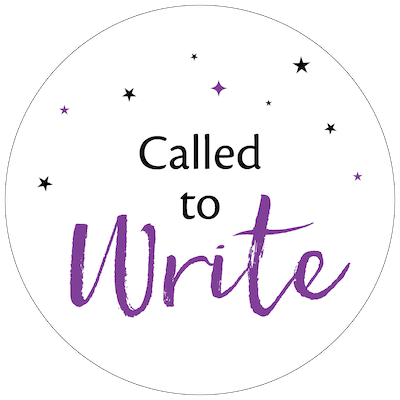I’ve been getting up at 6 a.m. lately to do something that feels remarkable.
Before you think I’m “just an early bird” let me tell you that up until recently: 1) my ideal sleep scenario involved NO alarm clocks and waking up naturally, usually between 8:30 and 9, and, 2) after a fairly recent and excruciating bout of sleep deprivation à la new baby turned into toddler, …
… if you had had the audacity to suggest that I would get up at 6 a.m. for ANYTHING I would have reacted with revulsion.
So.
That said, here I am, pretty much daily — even on weekends! — getting up at 6 a.m. to WRITE.
And I LOVE it.
Love it!
How insane is that?
My Fear of Writing Has Turned Into a Fear of Not Writing
Today a friend asked me to think back to what it was like before I was writing regularly, about what that was like. I almost cried. And a wave of fear went through my stomach.
See, the thing is, I’ve crossed a line.
It’s the invisible line between terror in the face of writing and terror at the thought of not writing.
How did that happen?
I mean, of course I know the answer (decision, commitment, regular and consistent action, accountability, passion, etc.) but How. Did. That. Happen?
It feels truly amazing.
Why Does Getting Up Early to Write Work So Well?
But why, you may be asking, why does it really matter if you get up at 6 a.m. to write? Why not write at 9 a.m.? Or 3 p.m.?
Here’s why it’s working for me:
- When I start writing before I’ve entirely woken up, my inner critic is a LOT quieter. In fact, I hardly hear from him at all. And that makes my life SO much easier.
- When I get up early to do my soul’s true work first, I feel a deep answer to the Powers That Be saying, “Here I am. I am doing my part.”
- When I put my Big Dream FIRST in my day, I feel calm for the rest of the day. And that calm is highly addictive.
- Because I’m showing myself, deep down, that I’ve reorganized my life around my passion for writing and I really, really mean it.
I don’t know if I’ll keep doing this — I think I will — but so far, it rocks as successful experiments go. I was inspired to try this by hearing about so many writers that get up so early to write. I figured they must know something I don’t.
Holy smokes, they were right.

